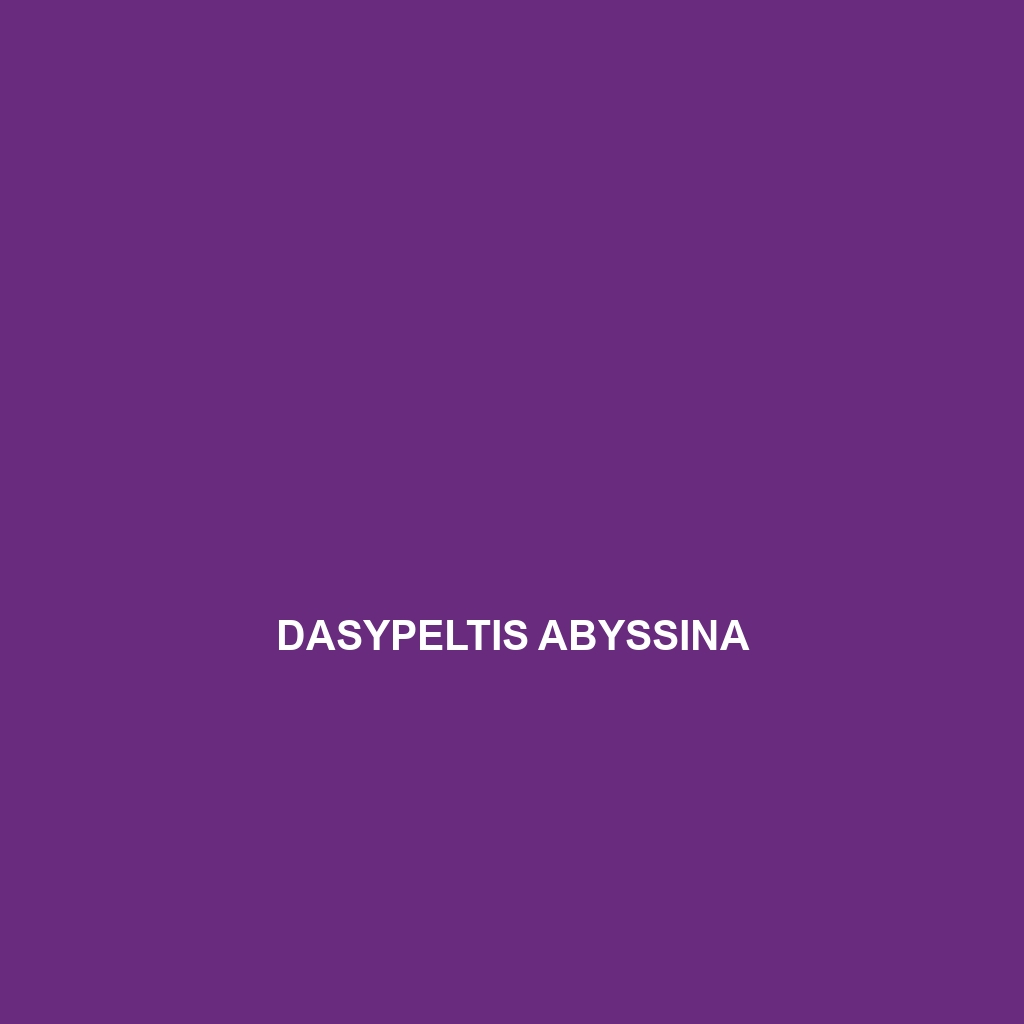Discover the <b>Dopasia buettikoferi</b>, a slender skink native to the tropical rainforests of Southeast Asia, known for its smooth, shiny appearance and ability to camouflage among dense foliage. As an essential insectivore, it regulates insect populations while exhibiting unique behaviors and adaptability in its natural habitat.
Tag: skink camouflage
Dasia vyneri
Dasia vyneri, a vulnerable skink native to the tropical forests of Southeast Asia, is characterized by its slender body, ranging from 15 to 30 cm, and its camouflage-enhancing coloration of brown to green. Primarily insectivorous, this diurnal species plays a significant role in controlling insect populations and exhibits fascinating traits such as tail regeneration.
Ctenotus vertebralis
Ctenotus vertebralis, a resilient skink native to Australia's arid regions, features a streamlined body of 15 to 25 cm with distinct tan, brown, and grey coloration, and dark stripes that provide camouflage. This diurnal insectivore plays a vital role in its ecosystem by regulating insect populations and serving as prey for larger predators.
Ctenotus serventyi
Discover the Ctenotus serventyi, a medium-sized skink found in Australia's coastal sand dunes, known for its sleek, light to reddish-brown body with dark stripes and a vibrant yellow or cream belly. Active during the day, it plays a crucial ecological role by controlling insect populations while exhibiting fascinating social behaviors.
Ctenotus euclae
Discover the Eucla Ctenotus (Ctenotus euclae), a medium-sized skink native to southwestern Australia, known for its effective camouflage, diurnal behavior, and diet of insects and small invertebrates. With a slender body averaging 10 to 15 cm in length, this resilient species plays a crucial role in its ecosystem by controlling pest populations.
Carlia amax
Discover the <strong>Carlia amax</strong>, known as the <strong>Australian skink</strong>, a slender, agile lizard thriving in northern Australia's tropical habitats. This ovoviviparous insectivore, measuring 10-15 cm, exhibits vibrant color patterns and plays a crucial role in controlling insect populations.
Carinascincus microlepidotus
<p>The <b>Carinascincus microlepidotus</b>, or shiny skink, measures 10 to 15 cm and is known for its smooth, reflective scales and agile nature, thriving in moist habitats of New South Wales and Queensland. This diurnal insectivore plays a vital role in controlling pest populations while exhibiting remarkable camouflage and the ability to regrow its tail if lost.</p>
Caledoniscincus pelletieri
Explore the unique Caledoniscincus pelletieri, a medium-sized skink from the lush forests of New Caledonia, known for its vibrant green to brown scales, agile movement, and fascinating ovoviviparous reproduction. This vulnerable species plays a critical role in controlling insect populations and maintaining ecological balance in its rich habitat.
Caledoniscincus renevieri
Discover the New Caledonian skink (Caledoniscincus renevieri), a vulnerable species native to the humid rainforests of New Caledonia, characterized by its sleek body, smooth scales, and large bulbous eyes. This diurnal skink plays a crucial role in its ecosystem by controlling insect populations and serves as prey for larger predators.







